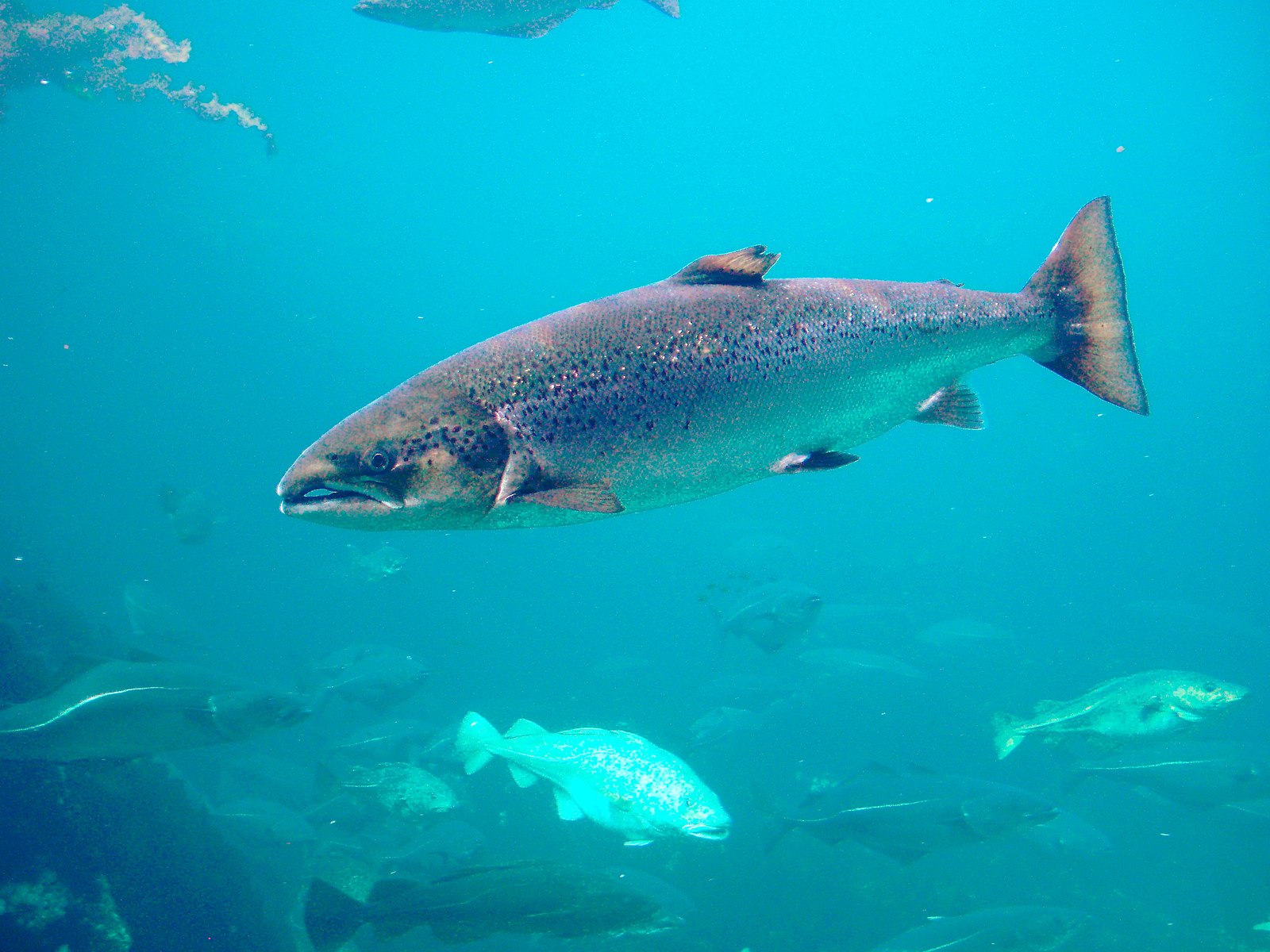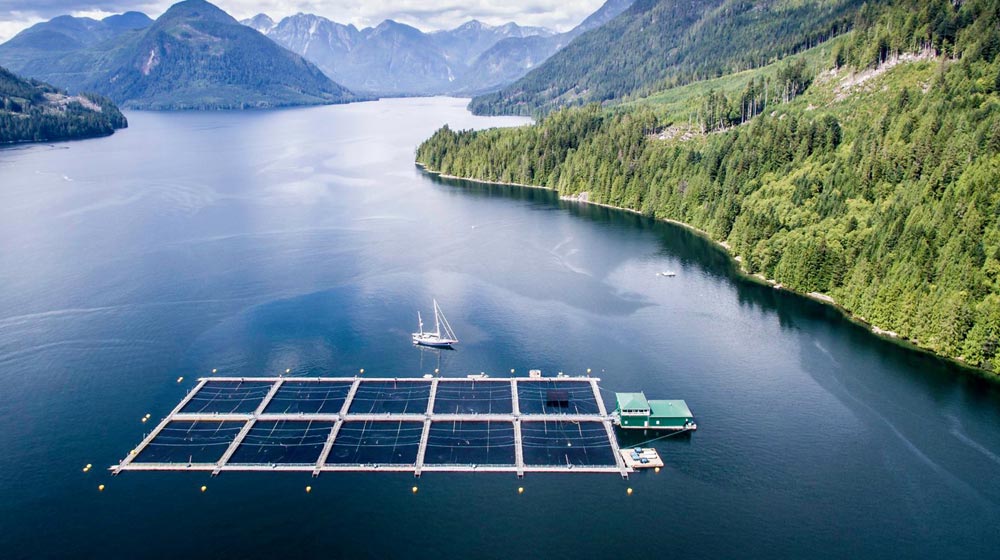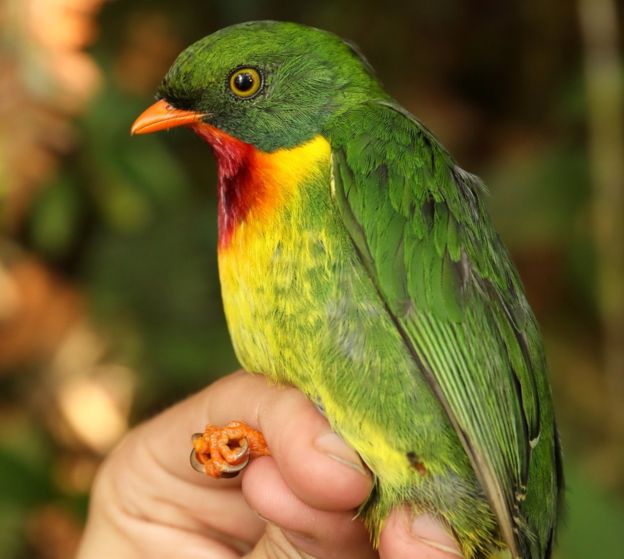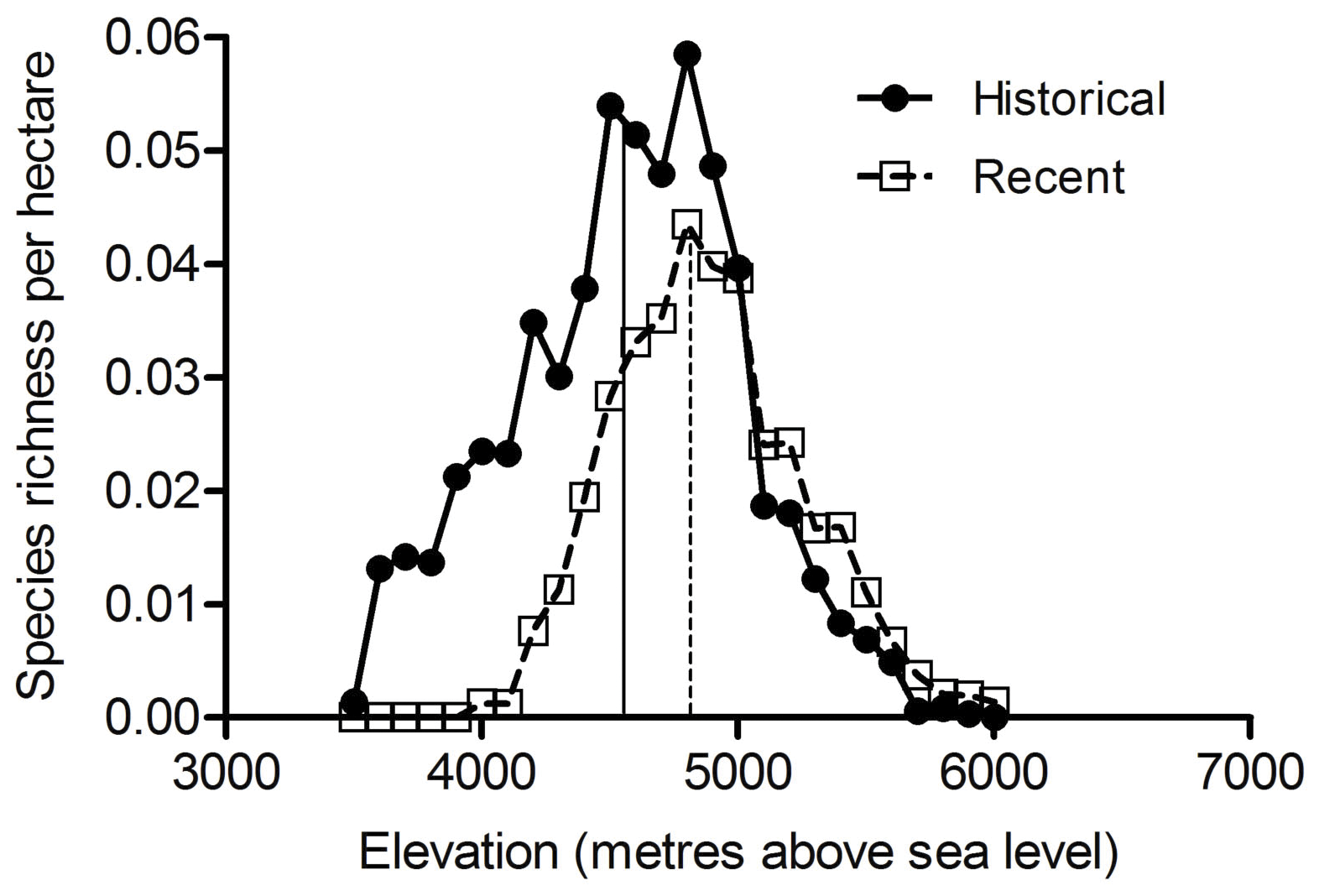For many countries, salmon is a common and important food source for people in their daily life. Because of the high demands and huge commercial benefits of salmon, aquaculture grows rapidly and many coastal regions built their artificial salmon farming industries. For example, salmon farm industry in British Columbia, starting since late 1970s, supplies a huge amount of salmon and provides thousands of job opportunities, 90% of BC aquaculture production and 558 million GDP to the BC economy. However, ecological risks of industrial aquaculture, including interbreeding of escaped farm fish with wild fish and the spread of diseases from farm fish to wild fish, have long been a threat to wild salmon population. This blog will introduce the impact of parasites to wild salmon and some possible solutions.

Atlantic Salmon-major farmed salmon. Source: Wikimedia
In recent years, researchers have found that the wild salmon population near BC coast are at risk from several types of parasites increasing that can affect wild salmon health and cause wild salmon population declination. One major parasite is sea lice (Lepeophtheirus salmonis), a marine ectoparasitic copepod of salmonids that feed on fish skin surface tissues and mucous. Generally, sea lice do not harm adult fish but can harm small juvenile salmon by attaching to juvenile fish body, eating their skin and blood, preventing them to grow fast and moving them to die. But sea lice is a native species and occur naturally in the Northern Hemisphere, why infestations have only recently been reported?
Many studies have shown that the wild salmon declination risk is due to the arising of artificial salmon farming industry. Adult salmon fish are large enough to be transferred from brood hatcheries to marine net cages, which typically located in sheltered bays and enter port of near river that are usually on or near the migratory routes wild salmon used to reach ocean. These net cages are also called “open net-cages” because they are simply suspended in seawater without barriers between the surrounding environment and farms. The fish farm become an ideal place for parasites breeding and spreading since it stocks a huge amount of salmon in small cages and no intense barriers.

Open-net Fish Farm in BC. Source: National News
In March 2017, Washington state decided to ban Atlantic farmed salmon to protect the marine environment and native salmon species population after a large number of farm salmon escaped near San Juan Islands south of Vancouver Island, BC. Although the provincial government of BC cannot ban open-net fish farms like Washington state did since all farms are regulated by the federal government, the provincial government are discussing the possibility of moving most open-net salmon farms to closed containment systems. The closed system can eliminate and reduce fish escape, diseases spreading and parasite transfer with sea water and wild salmon. By controlling the temperature, oxygen and carbon dioxide level and nutrient level of containment, fishes are able be harvested six months sooner than it takes in ocean open-net cages.
– Jingyi Cheng
Video: How Sea Lice Are Killing Young Salmon. Source: The Tyee


